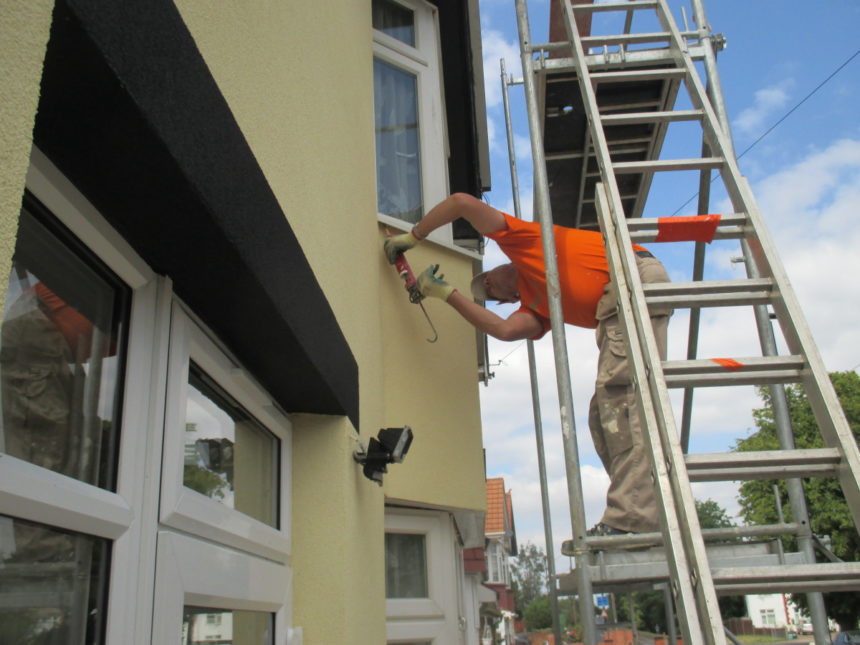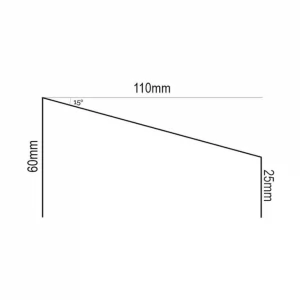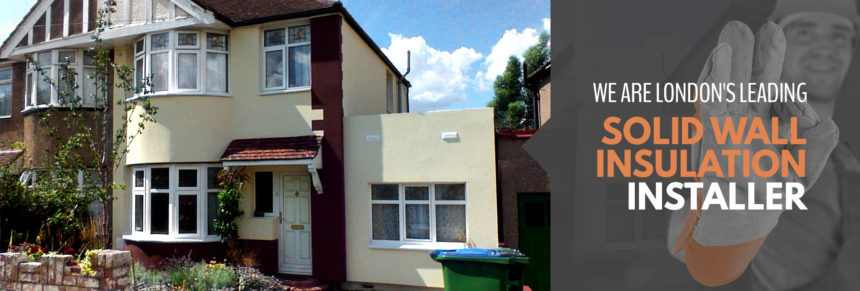
Solid wall insulation – Window Sills
When solid wall insulation is installed on the external walls of a property it is normally 10cm thick or more. What this means is that the sill of previously installed windows will stop well before the edge of the insulation. This doesn’t look great to be honest and could cause issues with water runoff, so the sills need to be extended out beyond the edge of the external solid wall insulation to provide an attractive end finish. Click on the image below to learn more about water ingress and damp.

In an ideal world, we recommend replacing the windows at the same time as getting the insulation works done. The reason for this is twofold; the first is that if you come to replace the windows in the future, the process of removing and refitting them doesn’t compromise the integrity of the solid wall insulation. The second reason is that the sills can been ‘pre-extended’ when the windows are made, so if for example you have wooden sash windows being installed – the sills on the new window already have taken into account the additional 10cm of insulation, so when they are in and the insulation is installed they look great.
For many of us though, the cost involved with replacing windows and doing external solid wall insulation at the same time is just too great. So when it comes to extending window sills what options do you have?















